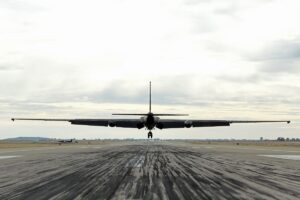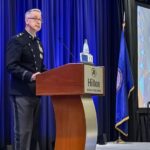
In what the U.S. Air Force said was the first time artificial intelligence (AI) has commanded a military system, an AI algorithm helped to steer the radar of a Lockheed Martin [LMT] U-2 reconnaissance aircraft and navigate the plane in a Dec. 15 flight from Beale AFB, Caif. Some of the 27 operational U-2s carry the Raytheon [RTX] Advanced Synthetic Aperture Radar System-2A (ASARS-2A) in their nose. The Air Force fiscal 2021 budget requests about $48 million for the "high…














